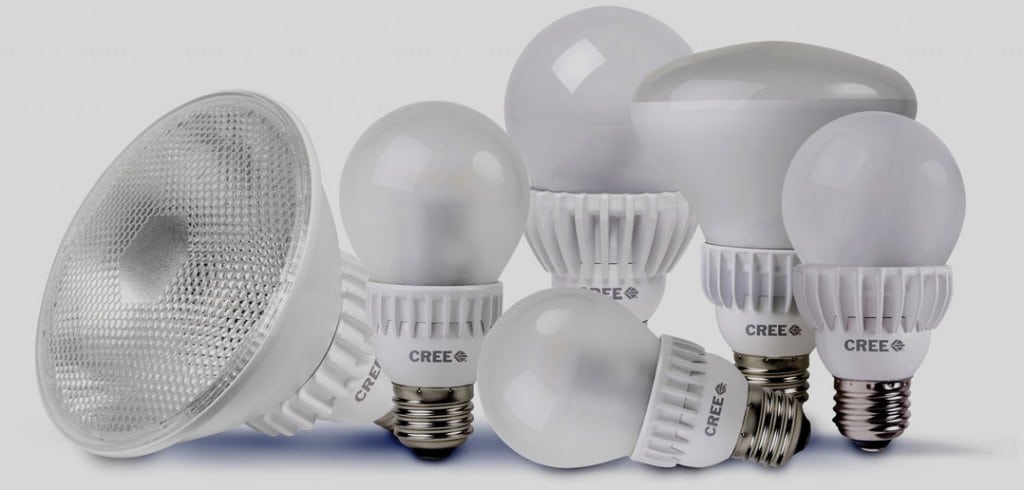Dear Jim: We are remodeling some rooms in our home and need new lighting options. I always used 60- and 100-watt bulbs, but they are difficult to find now. What new types of lights are best to use?
— Michael S.
Dear Michael: The standard high-wattage incandescent bulb technology is certainly not illegal, but it does not meet the current energy efficiency standards. Also, the bulb life is very short when compared to newer-technology standards, so the overall cost of using the older bulbs is high.
The wattage of a lightbulb refers to how much electricity it consumes, not how much light it produces. The amount of light is measured in units called lumens. A 60-watt incandescent lightbulb produces about 800 lumens of light and a 100-watt bulb about 1,600 lumens.
Today, your primary bulb choices are halogen, CFLs (compact fluorescent lights) and LEDs (light emitting diodes), which I listed in the order of increasing efficiency. For many home applications, LEDs are the best choice even though they cost more initially.
Halogen bulbs are basically incandescent bulbs with halogen gas around the filament to improve efficiency enough to meet energy standards. CFLs are much more efficient, using only about 25 percent as much electricity as incandescent bulbs to produce the same amount of light — and they last 10 times longer.
CFLs can produce true full-spectrum (simulates natural sunlight) light quality and can be purchased with warm white, cool white and daylight color temperatures. Daylight lamps have an even higher color temperature; they produce more accurate colors and are good for tasks such as reading and painting.
LEDs are the newest and most efficient light source available and provide an excellent payback. A 12-watt LED produces as much light as a 60-watt incandescent bulb. The LED bulb should also last a minimum of 20,000 hours. Most LEDs are dimmable, work well at cold temperatures and reach full brightness immediately.
LEDs gradually get dimmer over time. When an LED is rated for 20,000 hours, its output will stay above 70 percent of its original brightness for that time.
If you have been using incandescent bulbs, you are probably accustomed to a yellowish light quality. Most people grow accustomed to the whiter light and prefer it. The color temperature is listed on the packaging.
CRI (color rendering index) is another quality of the lightbulb to consider. A higher CRI makes objects in a room look more like they would look under natural sunlight. A CRI above 80 is considered adequate for homes, but 90 or above makes everything look better and doesn’t cost much more.
For effective lighting in your new rooms, install several grouped circuits with dimmers to control and vary the lighting schemes. For example, choose high-CRI bulbs over a dining table to enhance the appearance of food. An overhead high color-temperature bulb above a chair would be good for reading or other tasks.
For existing rooms where it may not be easy to rewire or add circuits, switch to LEDs in most fixtures, and install dimmer wall switches. There are many new types of LEDs available to replace almost any incandescent bulb. Unlike incandescent bulbs, LEDs do not lose efficiency as they are dimmed.
The goal for lighting efficiency is to use as little lighting as needed. Where you do not have a wall switch, such as where you’d use a table lamp, install a three-way socket and use a new three-way LED. Add a four-bulb lighting kit to a ceiling fan with a switch to allow you to switch on fewer than all four lights.
Remember to turn off lights when you leave a room. A rule of thumb for CFLs is to switch them off if you plan to be out of the room for 15 minutes or more. Switching them on and off more often will shorten their lives. Contrary to popular belief, with the new electronic ballasts, “switching” does not use a large amount of current each time they’re switched on.



